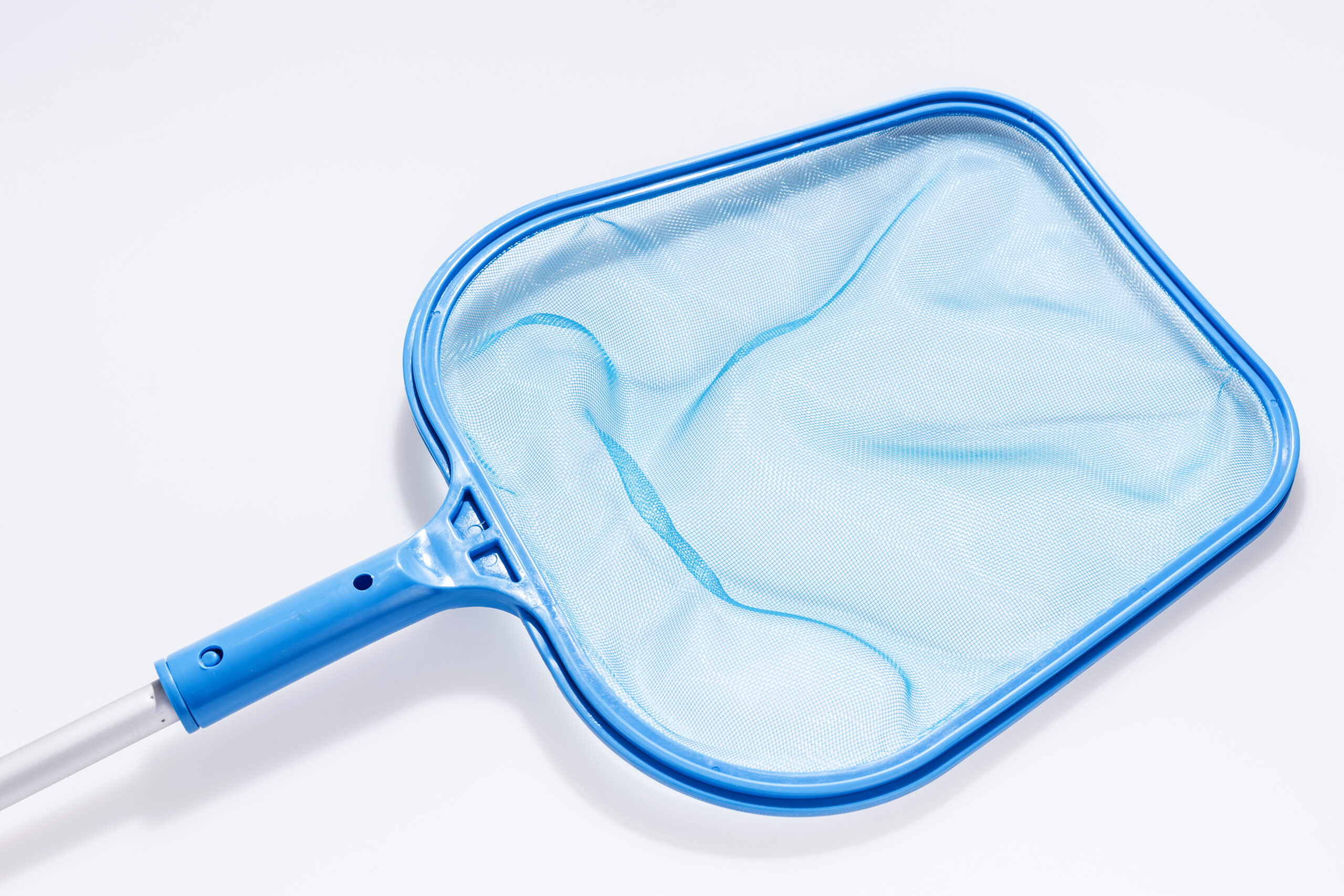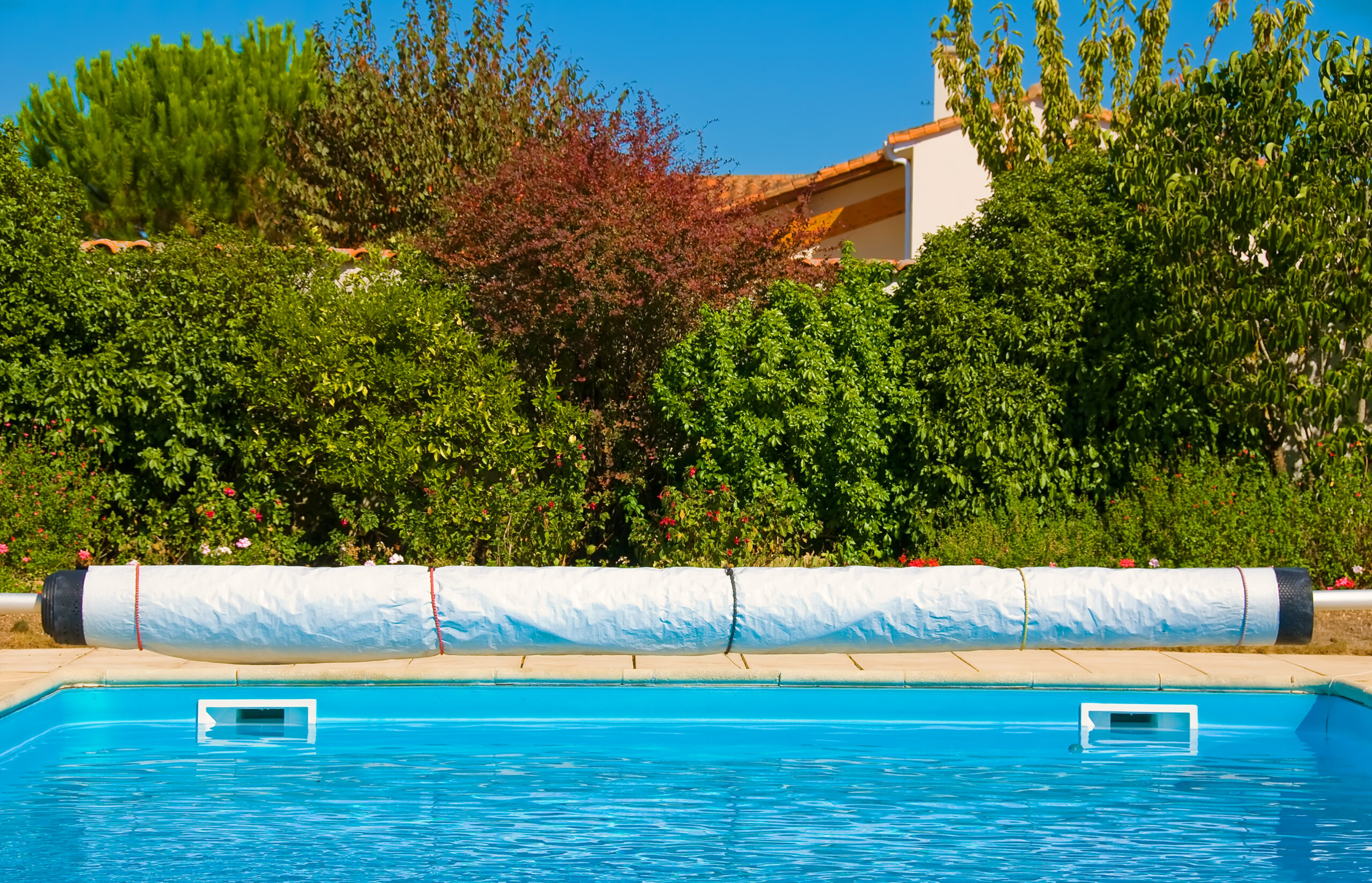You’re battling high pollen levels and your pool’s feeling the brunt of it. Don’t fret! We’ve got proven strategies to help you maintain that sparkling oasis.
Armed with our expert advice, you’ll tackle pollen build-up head-on, mastering the art of regular clean-ups and innovative techniques.
Get ready to dive into a world where peak pollen season doesn’t compromise your pool’s health or your enjoyment.
Understanding the Impact of High Pollen on Your Pool
You’ve got to understand how high pollen can seriously affect your pool’s water quality and cleanliness. When you’re dealing with a high pollen count, it doesn’t just trigger your allergies; it wreaks havoc on your swimming pool too. Every speck of pollen that lands on the surface of the water can introduce contaminants, leading to cloudiness and an undesirable green tint.
That’s why meticulous poolside landscaping is crucial in areas prone to high pollen levels. Strategically selecting and placing plants that are not prolific pollen producers can make a significant difference. This type of thoughtful, intentional landscaping reduces the amount of pollen blown into your pool by prevailing winds.
Moreover, remember that regular skimming won’t cut it when you’re battling against high volumes of this allergen. You’ll need specialised equipment like a fine-mesh net or even consider investing in an automatic pool cleaner designed for such situations. These tools will help maintain clarity and hygiene in spite of the challenging conditions.

For those with pollen allergies, maintaining optimal water quality isn’t just about aesthetics-it’s also about health and enjoyment. So arm yourself with knowledge, plan your landscaping wisely, and equip yourself with the right tools for effective maintenance.
Essential Tools and Products for Pool Maintenance in High Pollen Areas
It’s vital to have the right tools and products when dealing with excess flora debris in your swimming spot. Pollen Trapping Methods are key to maintaining cleanliness and reducing Allergenic Concerns. As part of this process, you’ll need certain essentials.
Here’s a list of five indispensable items:
– A heavy-duty pool skimmer: This helps you manually remove surface pollen.
– An efficient filtration system: These can trap even microscopic pollen particles.
– Pool covers: Use them when the pool isn’t in use to prevent airborne pollen from entering.
– Algaecides and sanitizers: These keep your water clear, preventing pollen from sticking around.
– Pollen test kits: Regular testing ensures that your efforts are working.
Each item plays a significant role in keeping your pool sparkling clean. Remember, it’s not just about aesthetics; it’s also about health. The prevalence of pollen could increase allergenic concerns for swimmers, making these tools more than just conveniences-they’re necessities.
Regular Cleaning Strategies for Pool in High Pollen Regions
Regular cleaning strategies are crucial in regions with high flora debris, ensuring your swimming spot remains inviting and healthy. You’ll need to focus on a variety of tasks, such as manual removal of surface pollen, regular vacuuming, and balancing the water chemistry.
Firstly, let’s discuss Pollen Detection Methods. It’s essential you understand when there’s an excessive amount of pollen in your pool that needs addressing. Regular visual inspections can help identify floating particles or discoloration in the water. You might also consider a specialized testing kit designed for detecting specific allergens.
When it comes to Localized Pollen Varieties, understanding the types prevalent in your region can help fine-tune your maintenance approach. Certain varieties may produce more substantial amounts of pollen than others or may present unique challenges to filter systems.
Maintenance isn’t solely about removing visible debris; it’s also about preventing buildup before it becomes problematic. Regular skimming and vacuuming are essential here – they’re straightforward actions that can drastically reduce pollen levels when performed consistently.
Remember: maintaining optimal water chemistry is just as important as physical cleaning methods. Proper pH balance will keep your pool resistant to various forms of contamination, including those pesky localized pollen varieties.
Innovative Techniques for Controlling Pollen Accumulation in Your Pool
Don’t worry, there’s still more you can do – let’s dive into some innovative techniques for controlling that pesky accumulation in your swimming area. Equip yourself with the knowledge of not just how to clean but also how to prevent pollen from turning your pool into a murky mess.
Consider these advanced strategies:
– Invest in Pollen resistant pool covers: They’re designed specifically to keep out fine particles like pollen. It’s an easy and proactive way to limit pollen exposure.
– Install Pollen filtration systems: These are built to filter out even the smallest of particles, including pollen.
– Regular water testing: This helps ensure the chemical balance is right, deterring pollen from accumulating.
– Use of algaecides: Algae feeds on organic matter like pollen. Keeping algae at bay reduces the risk.
– Skimmer socks: A simple yet effective tool that captures small debris before reaching your filter.
Mastering these techniques will give you a clear advantage over nature’s nuisances. With persistent effort and smart decisions, you’ll maintain a sparkling pool despite living in high-pollen areas.

Tips for Sustaining Pool Health During Peak Pollen Seasons
During peak allergy seasons, there are a few vital tips to keep in mind for sustaining the health of your water oasis.
Primarily, you should consider incorporating pollen resistant plants into your pool area’s landscaping. These types of plants produce less pollen and can significantly reduce the amount that ends up in your pool.
Choose female plant varieties if possible since they don’t produce as much pollen as their male counterparts. It’s also wise to regularly trim overhanging branches which could add to the pollen problem.
In terms of allergy management, it’s crucial to maintain regular cleaning schedules for your pool during these seasons. Daily skimming and vacuuming can help remove surface pollen before it sinks and becomes harder to remove.
Moreover, you’ll want to stay on top of filter maintenance. Cleaning or replacing filters more often than usual can ensure they remain effective at trapping incoming allergens.
Finally, consider installing a pool cover when not in use; this is an excellent barrier against floating detritus like pollen.
Frequently Asked Questions
What Are Some Health Risks Associated With Swimming in a Pollen-Infested Pool?
Swimming in a pollen-infested pool can trigger your pollen allergies. You’ll experience symptoms like sneezing, itchy eyes, and difficulty breathing. Regular pool usage may also expose you to these risks more frequently.
How Often Should Water Testing Be Performed in a High Pollen Area?
You should test your pool’s water at least twice a week in high pollen areas. Pollen removal techniques and pollen resistant landscaping can help maintain water quality, but regular testing is essential.
Can High Pollen Affect the Efficiency of Pool Filters and Pumps?
Absolutely, high pollen can clog your pool filters and hinder pump efficiency. Utilizing pollen removal techniques and considering pollen resistant landscaping will significantly aid in maintaining optimal pool performance.
Are There Any Specific Pool Covers Recommended for High Pollen Areas?
Yes, pool covers designed for pollen removal are beneficial. Considering seasonal pollen trends, opt for mesh covers that allow water through but catch pollen, streamlining your pool’s maintenance and keeping it clean.
How Does the Type of Pool (Saltwater, Chlorine, Etc.) Affect Its Maintenance in High Pollen Areas?
Regardless of your pool type, pollen removal techniques are essential. Saltwater or chlorine, you’ll need to adjust your pool cleaning schedules more frequently in high pollen areas to maintain water clarity and cleanliness.
